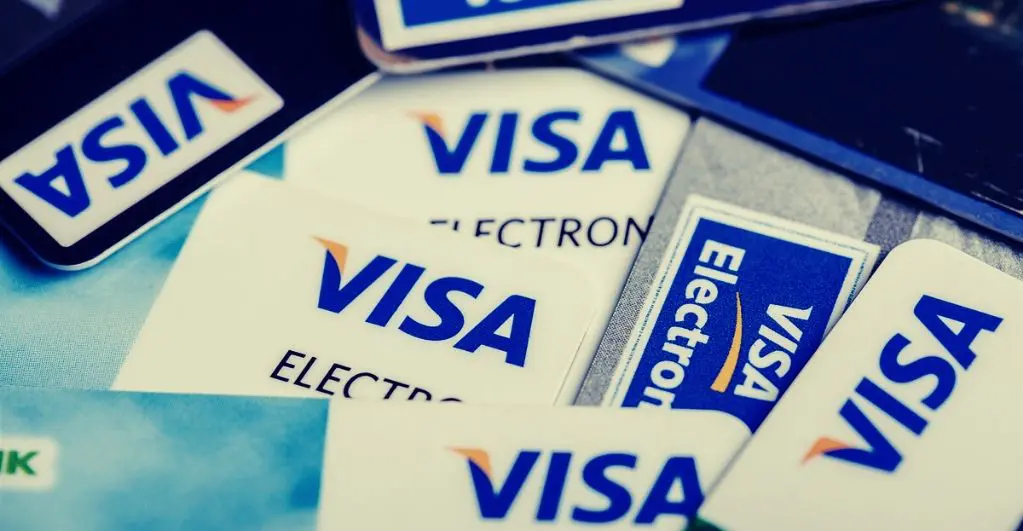Visa to Change Interchange Rates on Credit Card Usage

Visa is changing its interchange rates, which is the fees charged each time a customer uses a credit card, to attract more users. Under the new system, the interchange rates will vary according to the type of industry and the mode of payment adopted by the user.
A statement released by Visa to explain the rationale behind the changes says,
Based on the most recent review in the US, Visa is adjusting its default U.S. interchange rate structure to optimize acceptance and usage and reflect the current value of U.S. products.
Visa also clarified that such major changes in interchange rates are being carried out after a decade.
As per the new interchange rates, the cost of online transactions will increase. For the Visa card, the fees will increase from $1.9 to $1.99 per $100. For premium Visa card customers, the fees will rise from $2.5 to $2.6 per $100.
On the other hand, interchange rates have been cut for purchases made in a category that includes supermarkets. For premium Visa card customers, the fees have been cut from $1.15 to 77 cents per $50.
Visa also said that the new rates would come into force in two stages to give payment processors time to adapt to them. A part of the new rates will come into force in April and the rest in October. Currently, payment processors are updating their systems for the new rates.
Visa and MasterCard together account for credit card payments worth $6.5 trillion per year in the US. The card payment goes to the bank issuing the card, which then passes along a portion of the payment to these companies.
Credit card fees have been a bone of contention between merchants, banks, and consumers. Merchants have been complaining that the fees are too high, especially for electronic payments which have crossed $100 million per year.







